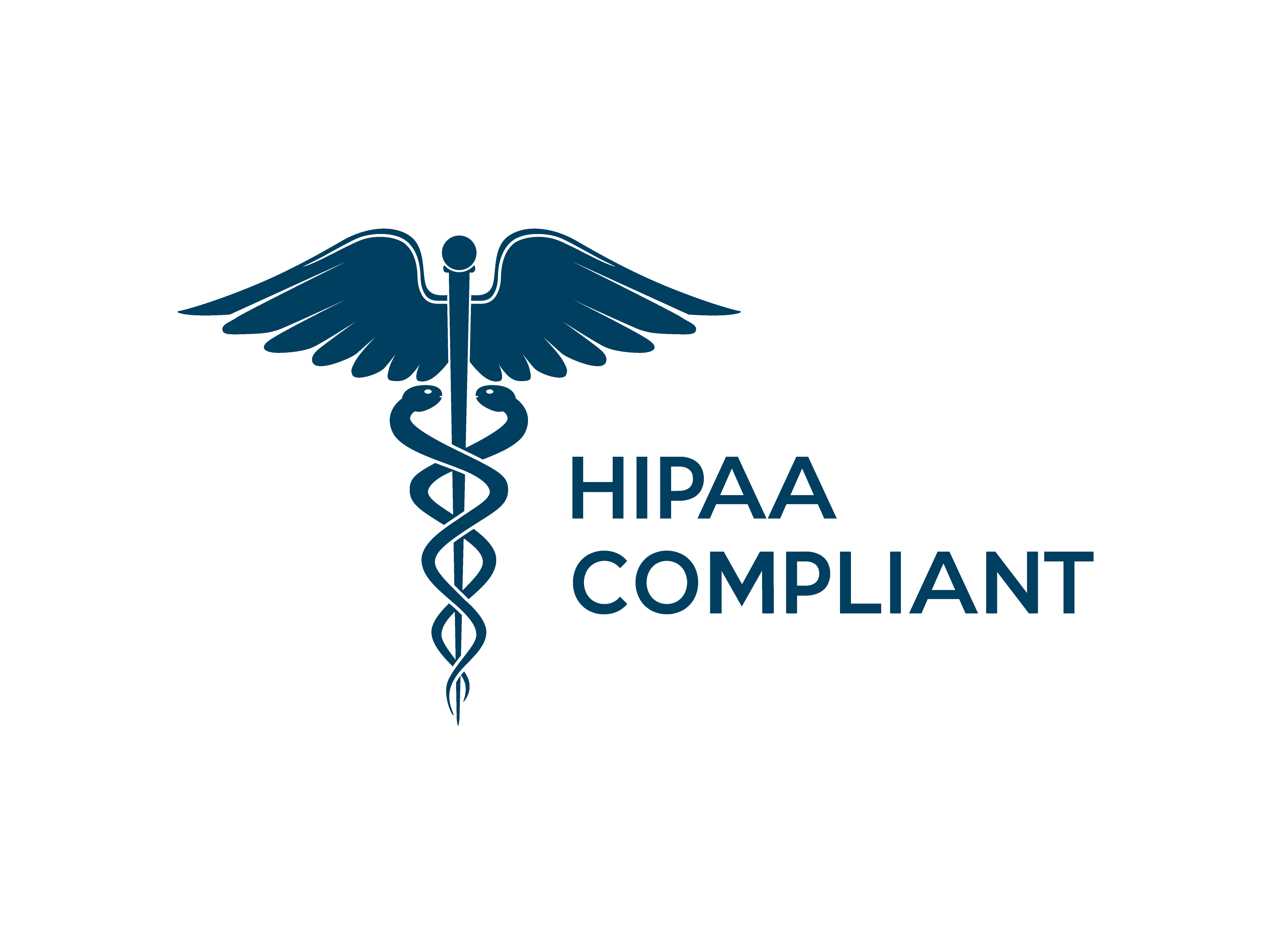The Ultimate Guide to Patient Engagement in Healthcare
Did you know that half of all patients don’t follow their care plans? More alarmingly, this lack of engagement leads to significant consequences—up to 70% of hospital readmissions occur because patients neglect their prescribed care and medications.
Actively engaging patients can lower hospital readmissions by up to 14%. Simple interventions, like healthcare education and medication reminders between healthcare visits, make 42% of patients more likely to stick to their treatment plans. This demonstrates that even small, thoughtful actions can significantly improve the gap between care recommendations and patient follow-through.
Missed appointments cost the healthcare industry $150 billion annually, and surprisingly, one-third of these are missed simply because patients forget. This situation highlights a pressing reality— when patients aren’t engaged, health outcomes and the healthcare system suffer.
It’s time to rethink how we engage with patients and help them take an active role in their health.
In this blog, we will explore the critical role of patient engagement, why it is important, and how healthcare teams can overcome challenges to connect with patients meaningfully.
What is Patient Engagement?
Patient engagement is the process of actively involving patients in their healthcare journey. It goes beyond simply providing care. It’s about creating a collaborative environment where patients feel empowered, informed, and supported in making decisions about their health. This involves open communication between healthcare teams and patients, shared decision-making, and a strong focus on education to ensure patients understand their conditions and how to manage their treatments.
Core Principles of Effective Patient Engagement

Engaging patients effectively means creating an environment where they feel heard, valued, and empowered to take an active role in their care. Here are four essential principles that form the foundation of patient engagement:
Active Listening and Empathy
Patients want to feel that their concerns and experiences genuinely matter. Gathering detailed information can play a vital role in achieving this. Companies like SmartStory enable care teams to digitally collect patient feedback and health information, which further aids in creating and informing personalized care plans. For example, by facilitating phone calls or virtual visits between patients and care management clinicians, SmartStory helps create meaningful interactions. Additionally, carefully drafted messages that express empathy and acknowledge patient concerns can build trust and demonstrate genuine care. These solutions empower care teams to build stronger relationships and provide more tailored support.
Shared Decision-Making
Patients are more likely to engage when they’re part of the decision-making process. Shared decision-making involves presenting treatment options, explaining the risks and benefits, and empowering patients to share their preferences. Companies like SmartStory facilitate this process by delivering personalized educational materials that outline treatment options and their possible impacts on the patient. For instance, a patient starting treatment for a complex condition could review these materials in advance of a healthcare appointment, allowing them to come prepared with questions and preferences. This collaborative approach ensures patients feel informed, in control, and more invested in their care.
Personalization of Care
Every patient is unique, and their care should reflect that. Personalization means tailoring support and resources to patients’ needs, circumstances, and values. For instance, a medication treatment plan for a working parent managing diabetes might include strategies that fit their busy schedule, such as using a continuous glucose monitor or preparing quick, healthy meals. Patients are more likely to engage and stick with the plan when care feels customized to their lifestyle.
Transparency and Trust-Building
Honesty and clear communication are the foundations of patient engagement. These qualities help healthcare teams create strong, lasting relationships with their patients. When patients receive accurate information about their condition, test results, and treatment options, they gain the confidence to make informed decisions about their care.
Transparency also means acknowledging uncertainties and being upfront about unpredictable outcomes. A new treatment may cause side effects. A pharmacist might say, “You may experience certain side effects in the first few weeks or months of treatment, but we’ll monitor your experience and make necessary adjustments together.” This approach sets realistic expectations and reassures patients they are supported throughout their journey.
By focusing on these principles, healthcare teams can create a supportive relationship and encourage patients to participate actively in their well-being.
Why is Patient Engagement Important?
Patient engagement plays a crucial role in delivering better healthcare. It’s about involving patients in their care in a way that helps them feel informed, valued, and in control. Here’s why it’s so important:
Better Health Outcomes
Patients involved in their care are more likely to follow treatment plans, manage their conditions and medications, and make healthier choices. This active participation often translates to fewer complications and a better quality of life. For instance, a patient who understands how to monitor their asthma and use medication correctly is less likely to end up in the emergency room.
Improved Patient Satisfaction
Patients who feel heard and included in decisions about their care are generally happier with the experience. For example, when pharmacists take the time to explain medication instructions, discuss potential side effects, and address patient concerns, it cultivates a sense of respect and understanding. This personalized approach builds trust and motivates patients to follow-up with the pharmacist if concerns arise.
Cost-Effectiveness
When patients are actively involved in their treatment plans, they take steps to prevent problems before they become serious. For example, someone who regularly connects with their healthcare teams, such as case managers, and follows a care plan for Diabetes is less likely to face costly treatments later on. Additionally, engaged patients are less likely to skip follow-up appointments or stray from their treatment plans, reducing the need for repeat hospitalizations or emergency visits. This reduces costs in the long run and can benefit patients and the broader healthcare system.
Encourages Patient Adherence
Patients are more likely to stick to a treatment plan when they fully understand why it’s necessary and feel involved in creating it. For example, a patient who is newly diagnosed with Multiple Sclerosis may be overwhelmed with the amount of changes and information to learn. Pharmacy teams can introduce patients to resources, counsel them on medication administration, and monitor their experience to optimize their journey. Patients who feel confident in their care plan are more likely to take their medications correctly, follow dietary guidelines, or make other recommended lifestyle changes.
Strategies to Boost Patient Engagement

Here are six effective strategies to help healthcare teams engage patients more meaningfully:
Patient Portals
Patient portals are valuable for empowering patients. These online platforms allow patients to access their medication information, view test results, access telehealth visits, and communicate directly with their pharmacy team. By giving patients control over their health information, portals create a sense of ownership and encourage active participation.
Patients can review their care plans, monitor medication refills, and stay updated on their treatment without making a phone call or waiting for their next healthcare appointment. However, it is common for patients to not know of all of the resources available to them in patient portals and not interact with the tool regularly. SmartStory can become an additional channel to complete a task in a moment of need or to get your patients to use your valuable portal.
Mobile Health Apps
Mobile health apps and telehealth services make healthcare more accessible and convenient. Apps can help patients track medications, monitor chronic conditions, and adopt healthier habits.
For example, a fitness app might encourage patients to stay active by setting daily step goals. Telehealth services, on the other hand, allow patients to consult with healthcare teams remotely, reducing the barriers posed by travel, mobility challenges, or busy schedules. These applications help patients stay engaged with their care from virtually anywhere.
Most healthcare apps only capture a fraction of the patient population intended to use it, SmartStory can offer a complimentary channel that drives more patients to use the app for their healthcare needs. If you do not have an app, the SmartStory tools can provide patients with an app-like experience without actually developing an app.
Educational Resources
Education is a foundation of patient engagement. Providing patients with clear, easy-to-understand resources helps them make informed decisions about their health. For instance, a video explaining how to administer an injectable medication or manage a chronic condition can alleviate anxiety and empower patients to take the right steps.
Educational materials should be available in multiple formats—such as brochures, videos, or online guides—so patients can choose the best. Patients who understand their options are more likely to take an active role in their care. SmartStory can be the vehicle to help drive more patient educational resources to your patients through a user-friendly, content-rich mobile experience.
Community Support Platforms
Creating online communities where patients can connect is an excellent way to boost patient engagement. These online communities provide a space where patients can seek advice, share experiences, and receive encouragement from people who understand what they are going through. This sense of belonging reduces feelings of isolation, especially for patients dealing with chronic conditions, serious illnesses, or complex treatments.
Community platforms can be practical resources for patients and provide emotional support. They often feature shared recommendations for managing symptoms, finding reliable resources, or accessing local services. Healthcare organizations can partner with these platforms or create their own and leverage this resource to connect with patients and build trust. SmartStory can support communications that drive awareness and connect your patients to community platforms to help them optimize their health.
Patient Feedback
Actively seeking and acting on patient feedback demonstrates that their voices matter. Surveys, focus groups, or even casual conversations can provide valuable insights into what patients need or want to be improved. For example, if patients suggest better visibility into the processing and shipping of their specialty medication, implementing a tool to communicate the pharmacy's progress can enhance their experience and engagement. Listening to feedback and making adjustments based on it strengthens trust and encourages patients to stay involved in their care.
By combining these strategies, healthcare teams can create a system where patients feel supported, informed, and empowered to take an active role in their health.
The Role of Healthcare Professionals in Patient Engagement
Here is how healthcare organizations and clinical teams can create a supportive and inclusive environment that empowers patients to take an active role in their care:
Encourage Collaborative Care
Collaboration between patients and healthcare teams is at the core of patient engagement. Healthcare professionals can involve patients in decision-making by discussing treatment options and listening to their preferences. For instance, a patient who is new to cancer therapy and starting a complex medication regimen may struggle to remember when to take each medication. Patients can manage their treatment more effectively by scheduling personalized medication reminders that fit their daily routine. This approach supports adherence to the prescribed regimen and enables a sense of control and partnership in their care, building trust with the healthcare team.
Overcome Language Barriers
Language differences can leave patients feeling confused and disengaged. Healthcare professionals can address this by providing access to interpreters during appointments and offering educational materials in multiple languages. For example, a multilingual video explaining how to manage diabetes can help patients better understand their condition and appropriate care plan. Additionally, using visual aids, like infographics or pictograms, can help patients with limited literacy or language skills grasp complex health concepts.
Address Financial Constraints
Many patients face financial barriers that discourage them from seeking care or following treatment plans. Healthcare professionals can help by connecting patients with resources like financial counselors or industry programs that assist with medication costs. For example, a pharmacist could recommend a patient assistance program for a patient struggling to afford medication, ensuring they can adhere to their treatment plan.
Adopt Patient-Centric Platforms
Integrating mobile health apps or software can revolutionize patient engagement, but it’s essential to ensure these tools are accessible to all. Healthcare professionals can recommend user-friendly apps available in multiple languages and compatible with various devices. These platforms can include features like appointment scheduling, medication reminders, and secure messaging.
Healthcare professionals can create a patient-centered environment and prioritize patient engagement by focusing on these strategies. This will empower patients to lead healthier, more fulfilling lives.
Create Impactful Patient Experiences with SmartStory
Are you ready to redefine how you connect with patients? SmartStory’s innovative solutions empower healthcare organizations to create better patient experiences and outcomes while reducing the workload for healthcare workers and personal caregivers. With expertise across diverse healthcare environments, we seamlessly integrate innovative technology to support your organization’s unique needs.
Our platform simplifies communication, enhances workflows, and delivers secure, personalized content at critical moments in the patient journey. Moreover, built on a technology framework that has achieved HITRUST r2 Certification, our platform prioritizes data security, ensuring your organization’s sensitive information is always protected.
Our solutions are backed by comprehensive dashboards, actionable insights, and a dedicated support team that works with you to elevate your healthcare operations and improve outcomes.
Transform patient experiences today.
Get Started



